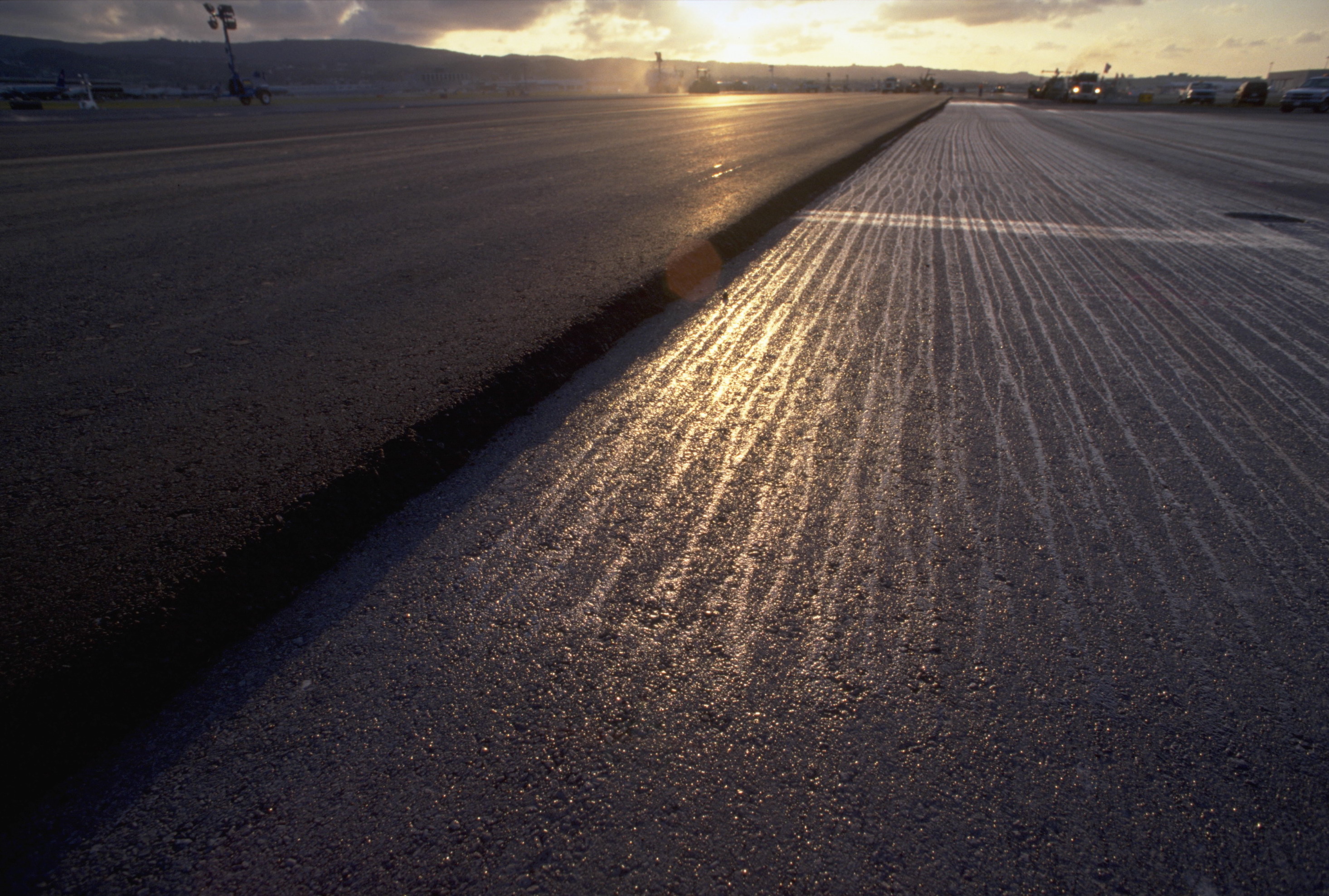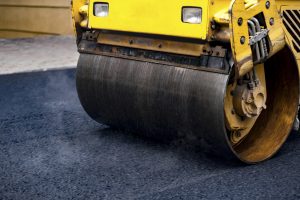Unlocking the Secrets of Hot Mix Asphalt Technology
Checking out the depths of hot mix asphalt technology uncovers a globe where meticulous procedures and specific solutions merge to form our roadways and framework. The combination of aggregates, binders, and fillers isn't just a building and construction job yet a critical orchestration of durability and performance. As we peer right into the complex dancing of elements, a tapestry of resilience and sustainability unfolds. What lies beneath this surface area of asphaltic proficiency, and what secrets wait to be introduced in the world of paving innovations?
Importance of Warm Mix Asphalt
Hot Mix Asphalt plays a crucial role in modern-day infrastructure advancement due to its toughness and cost-effectiveness. As the most frequently used paving product for roads, freeways, and auto parking lots, Hot Mix Asphalt supplies a variety of advantages that add to its significance in building and construction projects. One essential benefit is its ability to stand up to rush hour tons and rough weather condition problems, giving a durable and reliable surface for transport networks. Furthermore, Warm Mix Asphalt is cost-effective in both preliminary construction and long-term maintenance, making it a preferred selection for numerous facilities tasks.
The toughness of Warm Mix Asphalt comes from its structure, that includes aggregates, binder, and filler materials that are thoroughly chosen and mixed to satisfy particular performance requirements. This precise mix causes a versatile and strong pavement that can endure constant usage without considerable deterioration. Furthermore, Hot Mix Asphalt is 100% recyclable, more boosting its sustainability and environmental benefits. On the whole, the value of Hot Mix Asphalt in infrastructure growth can not be underrated, as it remains to be a keystone of modern building and construction techniques.
Elements of Asphalt Mixes
The structure of asphalt blends includes carefully chosen aggregates, binder, and filler materials that are crucial for accomplishing specific performance needs. Aggregates are the main component of asphalt mixes, giving stamina and security. These aggregates can be natural, such as crushed rock or crushed stone, or artificial, like recycled products from old pavements. The binder, normally bitumen or asphalt cement, holds the accumulations with each other and offers adaptability and resilience to the mix. The choice of the binder is critical as it directly influences the mix's performance in various climate condition. Fillers, such as hydrated lime or Rose city concrete, are made use of to improve the mix's workability and aging resistance. Angled Parking.
The mix and percentage of these parts play a significant role in determining the quality and performance of the asphalt mix. Engineers carefully develop the mix to fulfill details demands, thinking about aspects like web traffic volume, climate conditions, and pavement life-span. Appropriate option and harmonizing of aggregates, binder, and fillers are necessary for producing long lasting, lasting asphalt pavements.
Mixing and Manufacturing Strategies

As soon as the accumulations are picked, the binder, often asphalt cement, is contributed to bind the materials together. The binder's top quality and amount significantly affect the mix's toughness, adaptability, and resistance to ecological variables. In addition, fillers like moisturized lime or Portland cement might be included to improve particular qualities of the asphalt mix, such as its workability or moisture resistance.
Throughout manufacturing, the accumulations and binder are heated, generally in between 250-325 ° F(121-163 ° C ), to promote blending and guarantee proper layer of the accumulations. The mixing process should be complete to accomplish an uniform mix that promotes the wanted performance characteristics of the asphalt. Numerous methods, such as batch blending or drum mixing, are used to accomplish consistent and high-quality asphalt mixes for building and construction jobs.
Variables Impacting Asphalt Performance
Variables influencing asphalt efficiency encompass a range of variables that affect the durability, longevity, and general top quality of asphalt sidewalks. One key aspect is the angled parking top quality of products used in the asphalt mix.

Design considerations, such as pavement thickness and drain, are necessary in making certain the long-term performance of the asphalt pavement. By thoroughly thinking about these professionals, elements and engineers can optimize asphalt efficiency and boost the solution life of pavements.
Sustainable Practices in Asphalt Technology

In addition, the growth of warm-mix asphalt (WMA) modern technologies has acquired traction recently. WMA permits the production and placement of asphalt blends at reduced temperatures contrasted to standard hot-mix asphalt, leading to reduced power usage and greenhouse gas emissions. Furthermore, the usage of permeable asphalt mixes can aid reduce stormwater runoff concerns by enabling water to infiltrate with the pavement and right into the ground, promoting all-natural water purification and recharge procedures. By carrying out these sustainable methods, the asphalt market can contribute to developing an extra resistant and environmentally pleasant framework network.
Conclusion
In final thought, warm mix asphalt innovation plays a critical duty in contemporary infrastructure advancement because of its durability and cost-effectiveness. By carefully balancing parts, using appropriate blending techniques, and thinking about various variables, engineers can create high-grade asphalt blends that withstand heavy traffic loads and harsh weather. Welcoming lasting methods, such as utilizing recycled materials and warm-mix modern technologies, additionally improves the environmental friendliness of asphalt modern technology.
Blending and production techniques in warm mix asphalt innovation involve the precise mix and handling of aggregates, binder, and fillers to create a high-performance and durable asphalt mix.Factors affecting asphalt performance encompass an array of variables that affect the resilience, longevity, and general click over here now quality of asphalt sidewalks. Sustainable methods in asphalt technology incorporate different initiatives intended at reducing the ecological impact of asphalt manufacturing and paving processes. By including recovered asphalt sidewalk (RAP) and recycled asphalt roof shingles (RAS) right into new asphalt blends, the market can considerably reduce the usage of raw products and energy, while additionally decreasing land fill waste.
WMA allows for the manufacturing and placement of asphalt mixes at reduced temperatures contrasted to traditional hot-mix asphalt, resulting in minimized power usage and greenhouse gas exhausts.